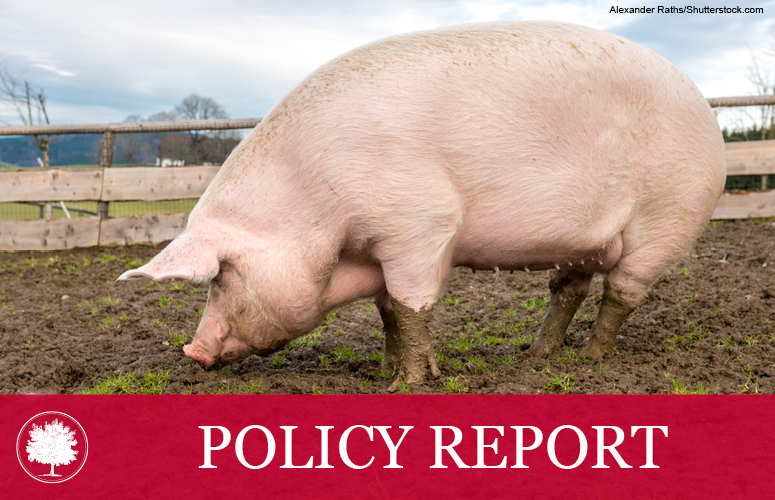2015 Ohio Piglet Book
Jun 01, 2015
By Greg R. Lawson and Tom Lampman
Summary
Governor Kasich’s proposed budget for FY 2016-17 increases government spending by $5.4 billion, continuing a trend of unsustainable public-spending growth. General Revenue Fund (GRF) appropriations alone will increase by nearly 18% between FY 2015 and 2017 under the Governor’s proposal.[1] State GRF appropriations will rise over 8% over the next two years. The House version of the budget wisely reduces these projected increases slightly to 16.5% and 7.8% respectively.[2] The Obamacare Medicaid expansion and other federal programs account for much of this spending growth, but nearly $1.8 billion of spending added in the Governor’s proposal and $13.7 billion added in the House version will fall directly on Ohio taxpayers.[3] For example, the Governor’s proposal calls for more than $700 million of new Ohio-funded spending on primary education, and the House budget calls for even more at $800 million.
We applaud the House for cutting GRF spending, but even this effort represents a small fraction of the reforms needed to curb spending and grow the state’s economy.[4] The fact remains that government spending growth must be controlled, and three basic principles should guide Ohio’s policymakers in returning to reasonable levels of public spending.
- Ease government growth rates. Policymakers should proactively restrain the growth of government. Government spending reasonably can be expected to rise as inflation rises and the population grows. But increases above these rates (roughly 3%) should usually be resisted.
- End corporate welfare. “Crony capitalism” does not drive economic growth. It does, however, cost taxpayer dollars and increase government spending. The government should not pick winners and losers in the economy by distributing taxpayer dollars to companies that it thinks should succeed.
- End government advocacy and philanthropy. Arts, culture, and advocacy groups are valuable to society but should not be an arm of the government. Philanthropists and private charities are better positioned to direct citizens’ money to programs they want to support. Furthermore, government spending actually crowds out private spending.
Applying these fundamental principles to an illustrative list of government programs could save Ohio’s taxpayers close to $2.6 billion in the 2016-2017 budget.
Piglet Book® is a registered trademark of Citizens Against Government Waste and is used with their permission.
Click here to download the full report: 2015 Ohio Piglet Book
1. Office of Budget and Management, A Blueprint for a New Ohio: Gov. John R. Kasich’s Fiscal Years 2016-2017 Budget, Office of Budget and Management, February 2, 2015, http://obm.ohio.gov/Budget/opera ng/doc/fy-16-17/State_of_Ohio_Budget_Recommendations_FY-16-17.pdf, p. C-11
2. Legislative Service Commission, Budget in Detail-H.B. 64 As Introduced in House Finance, Legislative Service Commission, April 14, 2015, http://www.lsc.ohio.gov/fiscal/bid131/budge ndetail-hb64-h1.pdf
3. Legislative Service Commission, Budget in Detail-H.B. 64 As Introduced in House Finance, Legislative Service Commission, April 14, 2015, http://www.lsc.ohio.gov/offical/bid131/budge ndetail-hb64-h1.pdf
4. Greg R. Lawson, Tom Lampman, and Joe Nichols, Ohio House Budget is a Big Step Forward, The Buckeye Institute for Public Policy Solutions, April 17, 2015, http://buckeyeinstitute.org/uploads/files/Ohio_House_Budget_is_a_Big_Step_Forward.pdf
